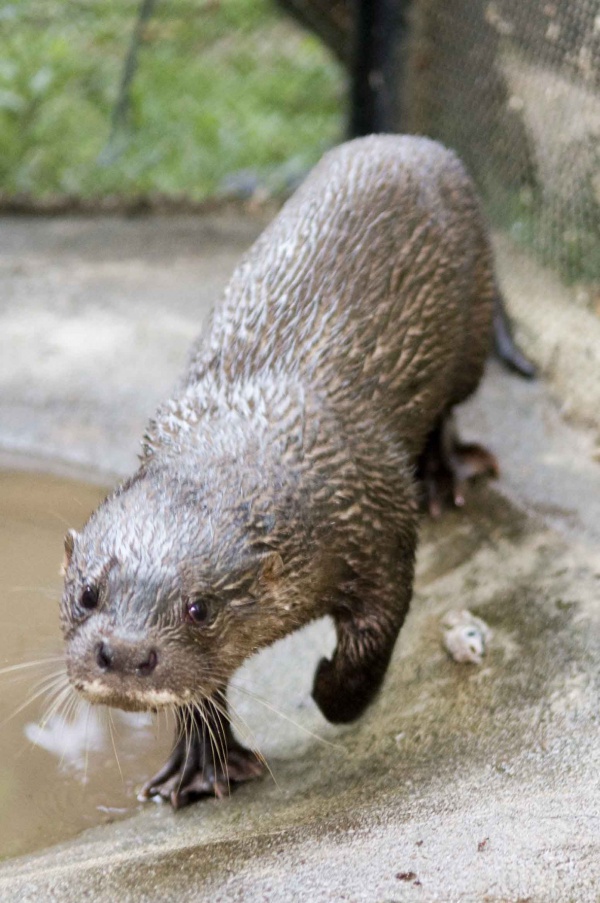Facts About Hairy-nosed otter
The hairy-nosed otter, an elusive and rare semiaquatic mammal, calls Southeast Asia its home. This species faces serious threats from habitat destruction and poaching. Recognizable by its short brown fur, slender tail, and fully webbed paws with prominent claws, the hairy-nosed otter is often mistaken for its cousin, the European otter. It primarily inhabits lowland flooded forests and peat swamp forests in regions such as Thailand, Cambodia, Vietnam, Sumatra, and Borneo.
Living either alone or in small groups, the hairy-nosed otter has a diet that consists of fish, water snakes, mollusks, and crustaceans. Unfortunately, not much is known about their breeding habits and overall behavior. The otter's survival is jeopardized by ongoing habitat loss, hunting, and accidental deaths caused by fishing activities. This makes conservation efforts critically important for their protection, especially since the species is nearing extinction in certain areas.
In captivity, attempts have been made to rescue and provide safe havens for these otters. However, challenges such as illness and mysterious deaths have posed significant hurdles. Conservation organizations continue to strive toward establishing captive breeding programs to help ensure the survival of this critically endangered species.

 China
China